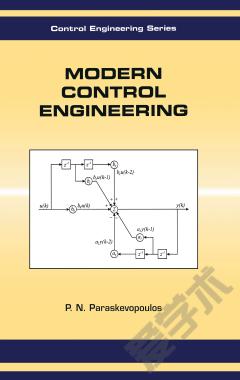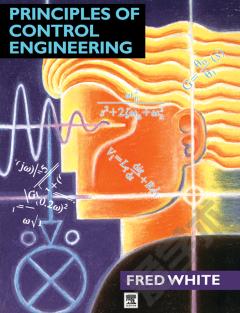Reverse Engineering in Control Design
Reverse Engineering in Control Design proposes practical approaches to building a standard Hâ problem taking into account an initial controller. Such approaches allow us to mix various control objectives and to initialize procedures for fixed-structure controller design. They are based on the Observer-Based Realization (OBR) of controllers. The interest of OBR from the controller implementation point of view is detailed and highlighted in this book through academic examples. An Open-source toolbox is available to implement these approaches in Matlab. Chapter 1 presents the procedure to compute the observer-based realization of a given controller and a given model. The application of this procedure to a very simple launcher model is proposed to illustrate the interest of observer-based controllers for gain-scheduling, controller switching, state monitoring and reference input tracking. The implementation in Matlab using an open-source toolbox is detailed. Chapter 2 proposes a general solution, called the Cross Standard Form, to the inverse optimal control problem and shows how such a solution can be used to design controllers in a reverse engineering approach. Such an approach is applied to the same academic example: a low-order controller is improved to fulfill a template on its frequency-domain response and to recover stability margins when actuator dynamics are taken into account. Chapter 3 considers reverse engineering for mechanical systems and initial controllers designed to meet basic performance specifications, i.e. a prescribed second-order behavior for each degree of freedom and dynamic decouplings of degrees of freedom. A new standard Îâ problem weighting the acceleration sensitivity function is thus proposed.
{{comment.content}}








 京公网安备 11010802027623号
京公网安备 11010802027623号